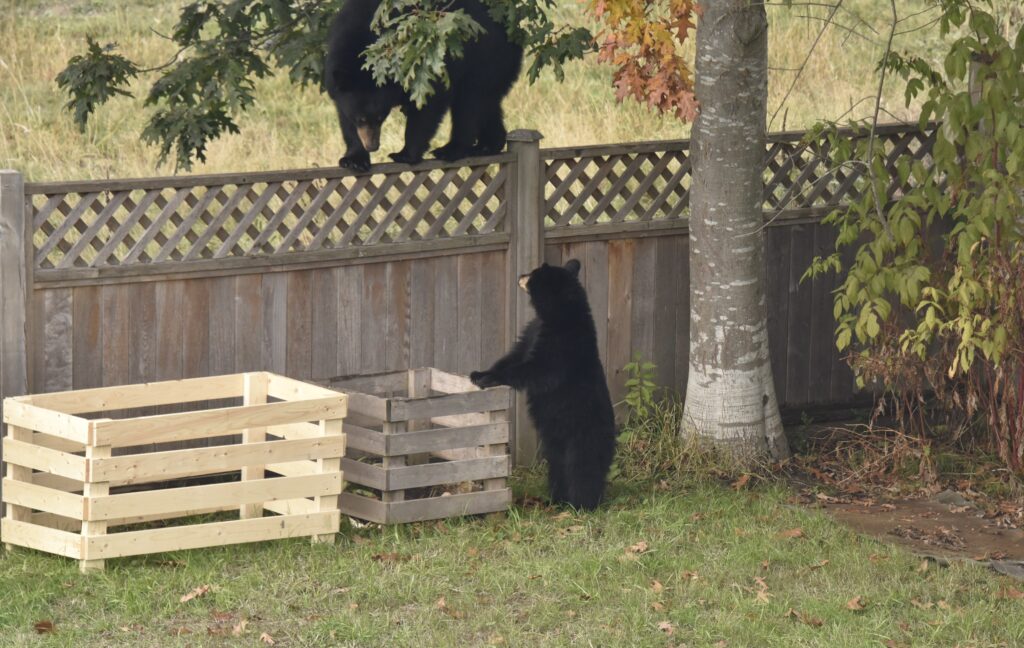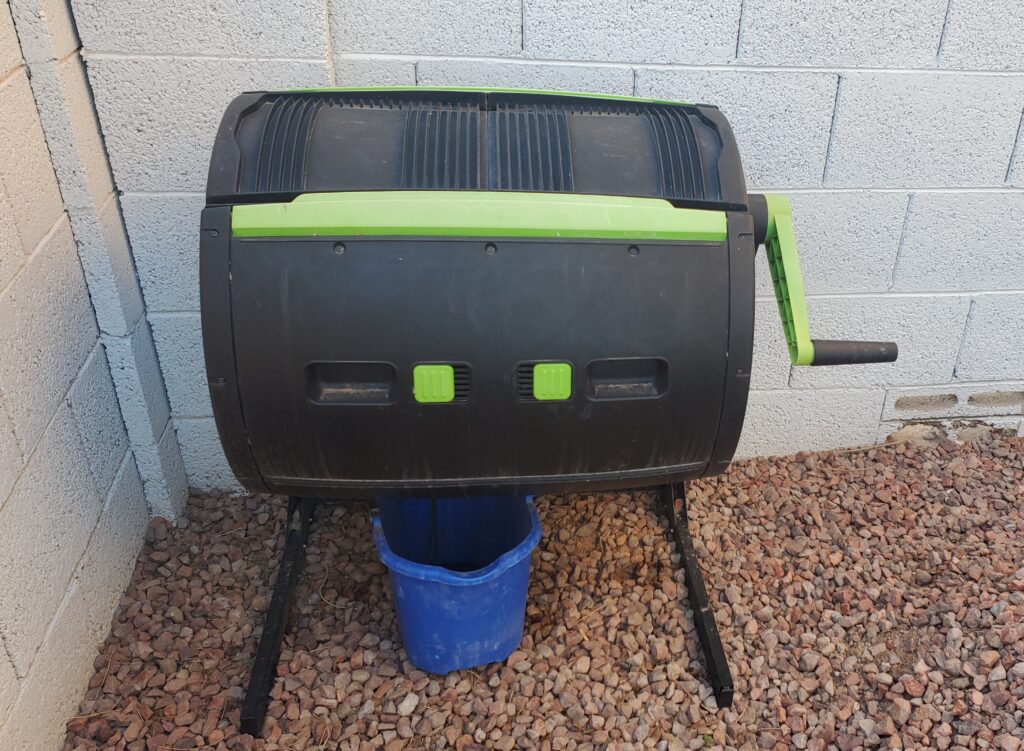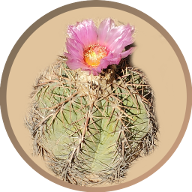
Composting is a great way to improve your garden while reducing your contribution to the landfill. A compost is a rotting pile of biodegradable materials that produces a nutrient rich humus. When the rotting is complete and the humus is ready, it can be dug into the ground in a vegetable garden, or in the landscape. Not only is compost full of plant nutrients, it contains a diverse microbial community and reduces soil compaction and alkalinity.
I was surprised by how much of my household garbage was compostable. I have provided a list of compostable materials below.
- Most food waste except meat, dairy, and oils. The exceptions are of concern because they can attract animals. If you have a sufficiently secured compost area, they are biodegradable.
- Fruits and vegetables
- Eggshells
- Coffee grounds
- Tea bags
- Paper and cardboard, but avoid plastic coated papers
- Leaves and grass clippings
- Yard trimmings are compostable but if they are woody they will take a long time to break down. If you buy an electric mulcher this will speed up the process.
- Human hair and animal fur
- Ashes from a fireplace
One great advantage of composting is that it keeps all of your rotting food scraps out of the garbage. This prevents your garbage from stinking so you can go longer before needing to take it out!

There are also things that you should be careful not to compost.
- Feces – cat, dog, and human wastes are full of dangerous pathogens
- Weeds – if you compost weeds with seeds you will get lots of weeds growing in your garden!
- Plant material that contains pests, diseases, and/or chemicals
- Plant materials that are known to be poisonous or allelopathic
There are many types of compost bins that can be purchased or constructed. The most basic type of compost is just a pile on the ground, possibly supported by walls. This method is typically used by large gardens where the amount of compost is large. You may need to have two piles, one for fresh compost and one for old compost. When the old compost is ready for the garden, the piles can be swapped. There are a few disadvantages of an open pile.
- The pile must be turned manually using a pitchfork
- The pile is accessible to animals that may be attracted to the food
- The pile is exposed to wind, so it dries out faster
Another popular choice is a tumbler compost. They are like a barrel raised up from the ground that can be spun with a handel. Most of these models come with two compartments for new and old compost. They are easy to turn, enclosed from the wind, and cannot be accessed by animals. The disadvantage is that they can only hold a small amount of compost, so it is more appropriate for a small suburban garden.

There are also lots of different unique types of composters that you may find useful. There are indoor composters that chop-up and cook your compost to speed up the process. They are great if you live in an apartment or you want to speed up the composting process. There is also Bokashi composting that uses fermentation in a small indoor bucket to produce compost in as little as 12 days. Underground compost piles are very effective because they insulate better and provide direct access to underground worms and insects.
Composting is not much work once you are setup with a bin. There are some tips below for improving your composting.
- Keep the compost pile moist – add water if it seems dry
- Turn the compost regularly to aerate the pile and to ensure even decomposition
- Add some of the older compost to the fresh compost pile to give it a boost of microbial activity
- Add a variety of different items to your compost to maintain a proper balance of carbon to nitrogen
- In Arizona, I prefer to keep my compost bin in the shade because the UV of the sun destroys plastic. There is sufficient heat, even in the shade, to support composting. Also, Arizona is very dry, so keeping the pile moist may be difficult in direct sunlight.
